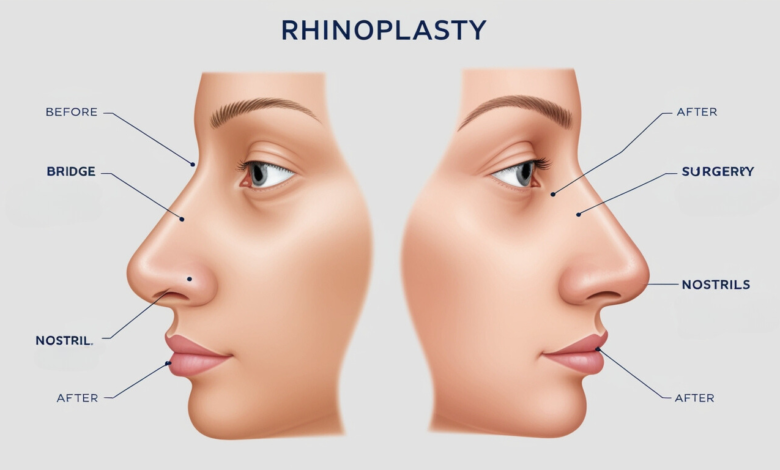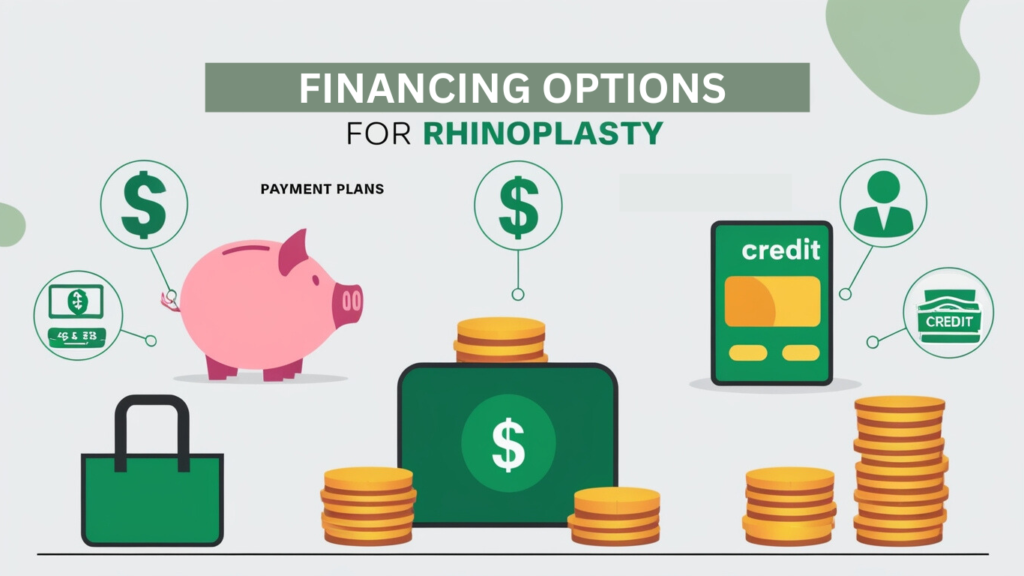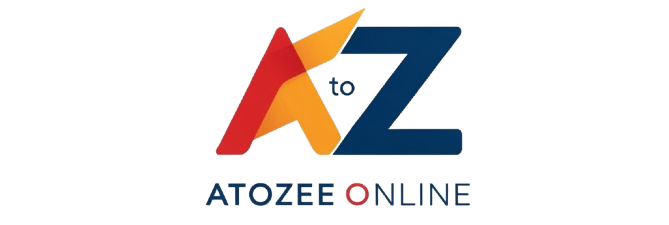How Much is a Nose Job? | Rhinoplasty Cost

How Much is a Nose Job? | Rhinoplasty Cost
Discover the average cost of a nose job (rhinoplasty) in the US, factors influencing the price, and financing options. Learn how to budget for your nose surgery today.
Advertisement
Understanding Rhinoplasty: What is a Nose Job?
- Overview of Rhinoplasty:
Rhinoplasty, commonly referred to as a nose job, is a cosmetic surgical procedure that aims to reshape the nose. It can be performed for aesthetic reasons, such as improving the nose’s appearance, and functional reasons, like correcting breathing issues. The procedure involves altering the nose’s bone, cartilage, or skin, depending on the desired outcome.
Types of Rhinoplasty Procedures:
There are several types of rhinoplasty procedures, each tailored to address specific concerns:
- Open Rhinoplasty:
A small incision on the columella (the tissue between the nostrils) allows the surgeon better access to the nasal structures. - Closed Rhinoplasty:
All incisions are made within the nostrils, resulting in no visible scarring. - Revision Rhinoplasty:
A secondary surgery to correct or improve results from a previous nose job. - Non-Surgical Rhinoplasty:
Injectable fillers are used to alter the shape of the nose without surgery, offering a temporary solution.
Average Cost of a Nose Job in the US:
- National Average Prices:
The cost of a nose job in the United States varies widely depending on several factors. On average, rhinoplasty costs between $5,000 and $10,000. However, this range can increase significantly if the procedure is complex or a highly experienced surgeon performs it. - Price Variations by State and Region:
Geographical location plays a significant role in determining the cost of rhinoplasty. In major metropolitan areas like New York City or Los Angeles, prices tend to be higher due to the cost of living and the high demand for top-tier surgeons. Conversely, the cost may be lower in smaller cities or rural areas.
Factors Affecting the Cost of Rhinoplasty:
- Surgeon’s Experience and Reputation:
One of the most critical factors influencing the cost of a nose job is the surgeon’s experience and reputation. Surgeons with extensive knowledge and a track record of successful rhinoplasties typically charge more. However, investing in a skilled surgeon can increase the likelihood of a satisfactory outcome. - Geographical Location:
As mentioned earlier, the location of the surgery can significantly impact the cost. High-cost urban areas generally have higher prices for cosmetic procedures. - Type of Procedure (Cosmetic vs. Medical):
The purpose of the rhinoplasty also affects the price. A purely cosmetic procedure usually costs more than a medically necessary one, such as correcting a deviated septum, which insurance might cover partially. - Anesthesia and Facility Fees:
Rhinoplasty is typically performed under general anesthesia, which adds to the cost. Additionally, the fees for the surgical facility where the procedure occurs can vary, depending on whether it’s done in a hospital or a private surgical center. - Post-Surgery Care and Follow-Up Costs:
The cost of post-operative care, including medications, follow-up visits, and any necessary revisions, should also be considered when budgeting for rhinoplasty. These costs can add up, especially if complications arise.
Additional Costs to Consider:
- Consultation Fees:
Most patients consult with their chosen surgeon before undergoing rhinoplasty. During this meeting, the surgeon assesses the patient’s nose, discusses the desired outcomes, and estimates the procedure’s cost. Consultation fees can vary widely, with some surgeons offering free consultations and others charging up to $500. - Revision Rhinoplasty Costs:
If the initial rhinoplasty does not achieve the desired results, a revision rhinoplasty may be necessary. Revision surgeries are often more complex and, therefore, more expensive than the initial procedure, potentially ranging from $7,000 to $15,000 or more.
Rhinoplasty Financing Options:
- Payment Plans and Medical Loans:
Given the high cost of rhinoplasty, many patients opt for financing options. Payment plans allow patients to spread the cost of the surgery over several months or even years. Medical loans are another option, providing upfront funds that can be paid back in installments. It’s important to carefully review the terms of any financing agreement, including interest rates and repayment schedules. - Health Insurance Coverage for Nose Jobs:
In most cases, health insurance does not cover the cost of rhinoplasty if it’s purely cosmetic. However, if the procedure is deemed medically necessary—such as to correct a breathing problem or repair a deformity caused by injury—insurance may cover part or all of the costs. Patients should consult their insurance provider to understand the specifics of their coverage.

Advertisement
How to Choose the Right Surgeon for Your Budget:
- Importance of Board Certification:
When selecting a surgeon for rhinoplasty, choosing someone board-certified in plastic surgery or facial plastic surgery is crucial. Board certification ensures that the surgeon has undergone rigorous training and adheres to high standards of practice. Although board-certified surgeons may charge more, the quality and safety of care are often worth the extra cost. - Researching Surgeon Credentials and Reviews:
Before committing to a surgeon, patients should research their credentials, including their education, experience, and history of any disciplinary actions. Reading reviews from past patients can also provide valuable insights into the surgeon’s expertise and patient satisfaction.
Cost Comparison: Rhinoplasty vs. Other Cosmetic Procedure:
- Rhinoplasty vs. Facelift:
While both rhinoplasty and facelift procedures are popular cosmetic surgeries, they serve different purposes and come with varying costs. A facelift, which tightens and lifts the facial skin to reduce signs of aging, generally costs between $7,000 and $15,000, making it comparable to or slightly more expensive than rhinoplasty. Patients looking to improve their nose and facial appearance might consider combining the two procedures, although this would increase the overall cost. - Rhinoplasty vs. Botox and Fillers:
Non-surgical options like Botox and dermal fillers offer a less invasive way to enhance facial features. Botox typically costs between $300 and $600 per session, while fillers can range from $600 to $2,000. These treatments are much cheaper than rhinoplasty but offer temporary results that require regular maintenance. For patients seeking long-term changes to the nose, rhinoplasty is often the more cost-effective option in the long run.
Conclusion:
When considering rhinoplasty, it’s essential to understand the full scope of costs involved, from the surgeon’s fees to post-operative care. By thoroughly researching and planning, patients can make informed decisions and find a skilled surgeon within their budget. Whether for aesthetic enhancement or medical necessity, rhinoplasty is a significant investment that can offer lasting benefits.
FAQs
- What is the average cost of a nose job in the US?
The average cost ranges from $5,000 to $10,000, depending on factors such as the surgeon’s experience and the procedure’s complexity. - Does health insurance cover rhinoplasty?
Health insurance may cover rhinoplasty if it’s medically necessary, such as to correct a breathing problem or repair injury-related damage. - How long is the recovery period after a nose job?
Recovery typically takes about 1-2 weeks for initial healing, with full results visible after several months as swelling subsides. - Are there risks associated with cheaper rhinoplasty options abroad?
Yes, risks include varying standards of care, communication issues, and difficulties managing complications once back home. - Can the cost of rhinoplasty vary significantly depending on the surgeon?
Yes, the surgeon’s experience, reputation, and location can significantly influence the overall cost of the procedure.
Advertisement




